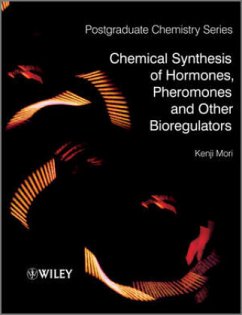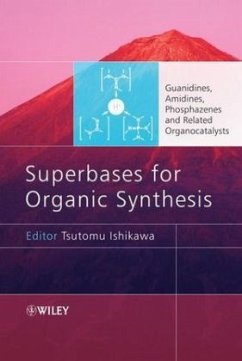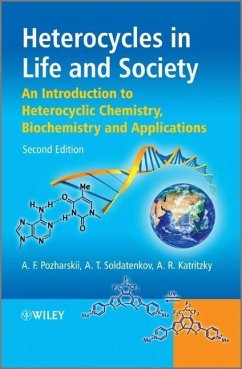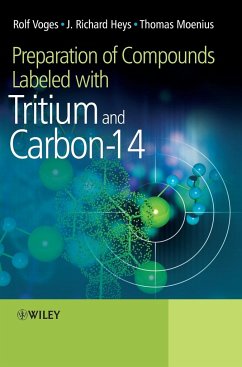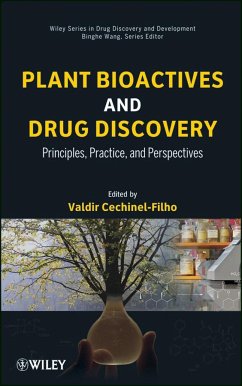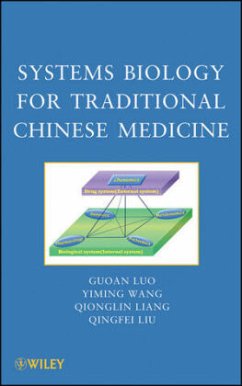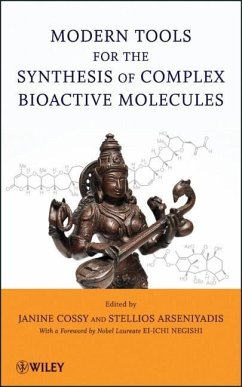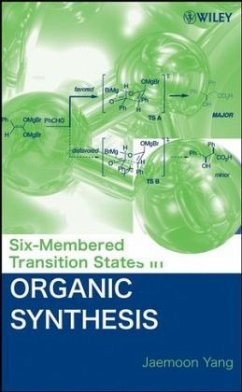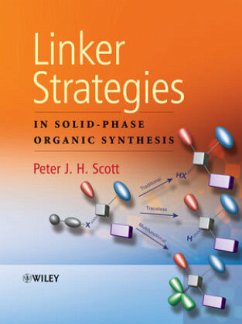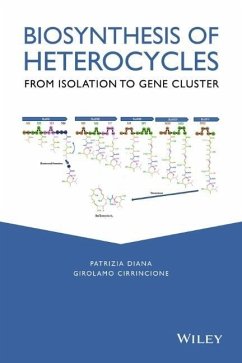
Chemical Synthesis of Hormones, Pheromones and Other Bioregulators
Versandkostenfrei!
Versandfertig in über 4 Wochen
66,99 €
inkl. MwSt.
Weitere Ausgaben:

PAYBACK Punkte
33 °P sammeln!
Many small molecules occur naturally as "messenger" chemicals which regulate the behaviour and functions of microbes, plants, insects and animals. Examples include hormones, pheromones, phytoalexins, and antifeedants. These biofunctional molecules are of great interest to researchers in helping develop our understanding of biological function and in the development of new drugs. However extracting them from nature can be prohibitively expensive, so there is great interest in devising methods of synthesising them from simple starting materials in the laboratory.Chemical Synthesis of Hormones, P...
Many small molecules occur naturally as "messenger" chemicals which regulate the behaviour and functions of microbes, plants, insects and animals. Examples include hormones, pheromones, phytoalexins, and antifeedants. These biofunctional molecules are of great interest to researchers in helping develop our understanding of biological function and in the development of new drugs. However extracting them from nature can be prohibitively expensive, so there is great interest in devising methods of synthesising them from simple starting materials in the laboratory.
Chemical Synthesis of Hormones, Pheromones and Other Bioregulators is an introduction to the techniques and strategies for the synthesis of biofunctional small molecules. Topics include:
what are biofunctional molecules?
why must biofunctional molecules be synthesized?
how can we synthesize biofunctional molecules?
the synthesis of phytohormones, phytoalexins and other biofunctional molecules of plant origin
the synthesis of insect juvenile hormones and antifeedants
the synthesis of pheromones and the significance of chirality in pheromone science
the synthesis of microbial hormones and pheromones, antibiotics, and other biofunctional molecules of microbial origin
the synthesis of marine antifeedants and medicinal candidates
a synthetic examination of incorrectly proposed structures of biomolecules
reflections on science as a human endeavor
Drawing on a career of almost 50 years researching and teaching this subject, Kenji Mori's Chemical Synthesis of Hormones, Pheromones and Other Bioregulators is a must-have textbook for students and researchers of organic synthesis and natural products, and a stimulating and inspiring account of a distinguished chemical career.
Chemical Synthesis of Hormones, Pheromones and Other Bioregulators is an introduction to the techniques and strategies for the synthesis of biofunctional small molecules. Topics include:
what are biofunctional molecules?
why must biofunctional molecules be synthesized?
how can we synthesize biofunctional molecules?
the synthesis of phytohormones, phytoalexins and other biofunctional molecules of plant origin
the synthesis of insect juvenile hormones and antifeedants
the synthesis of pheromones and the significance of chirality in pheromone science
the synthesis of microbial hormones and pheromones, antibiotics, and other biofunctional molecules of microbial origin
the synthesis of marine antifeedants and medicinal candidates
a synthetic examination of incorrectly proposed structures of biomolecules
reflections on science as a human endeavor
Drawing on a career of almost 50 years researching and teaching this subject, Kenji Mori's Chemical Synthesis of Hormones, Pheromones and Other Bioregulators is a must-have textbook for students and researchers of organic synthesis and natural products, and a stimulating and inspiring account of a distinguished chemical career.



